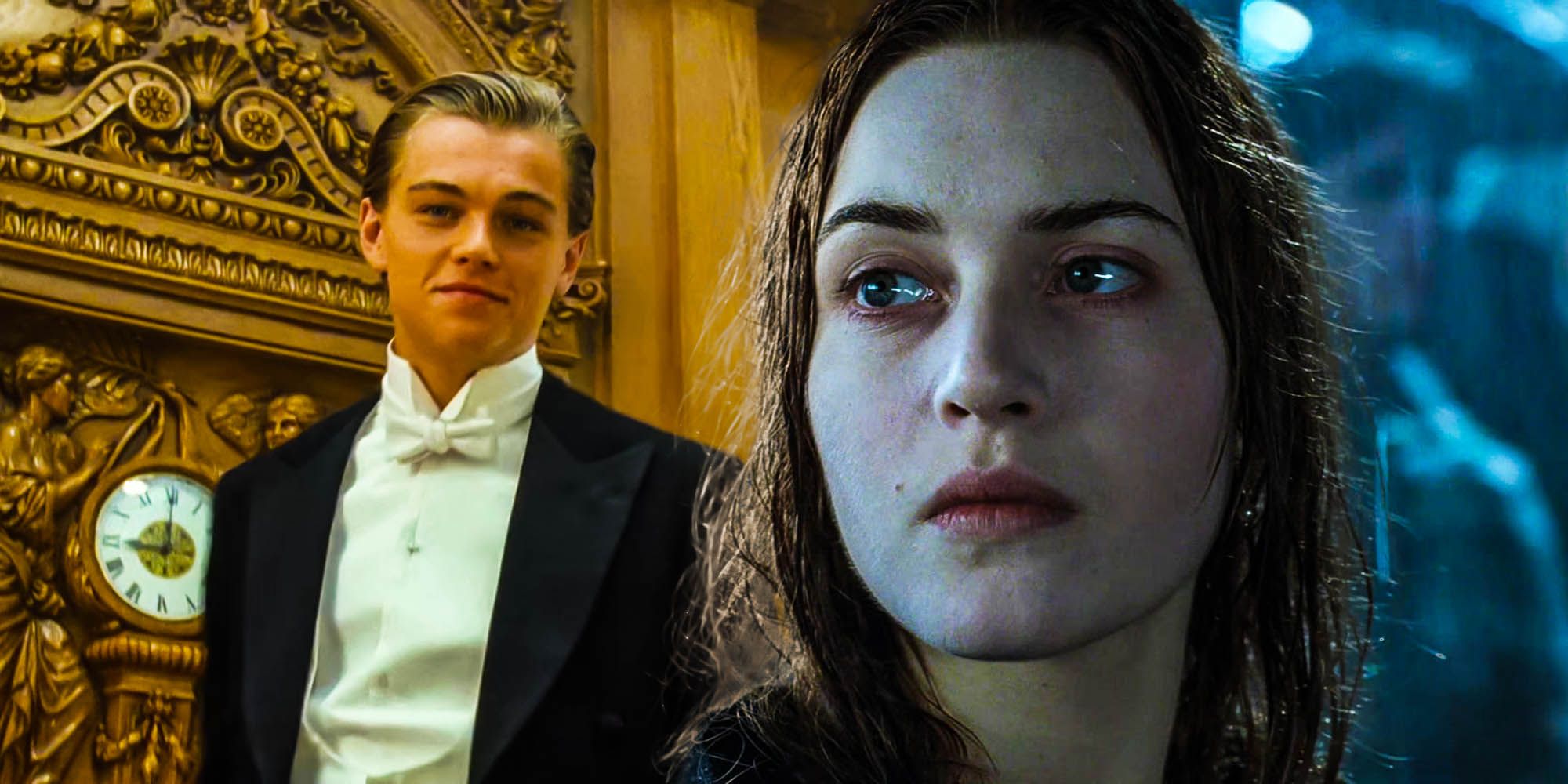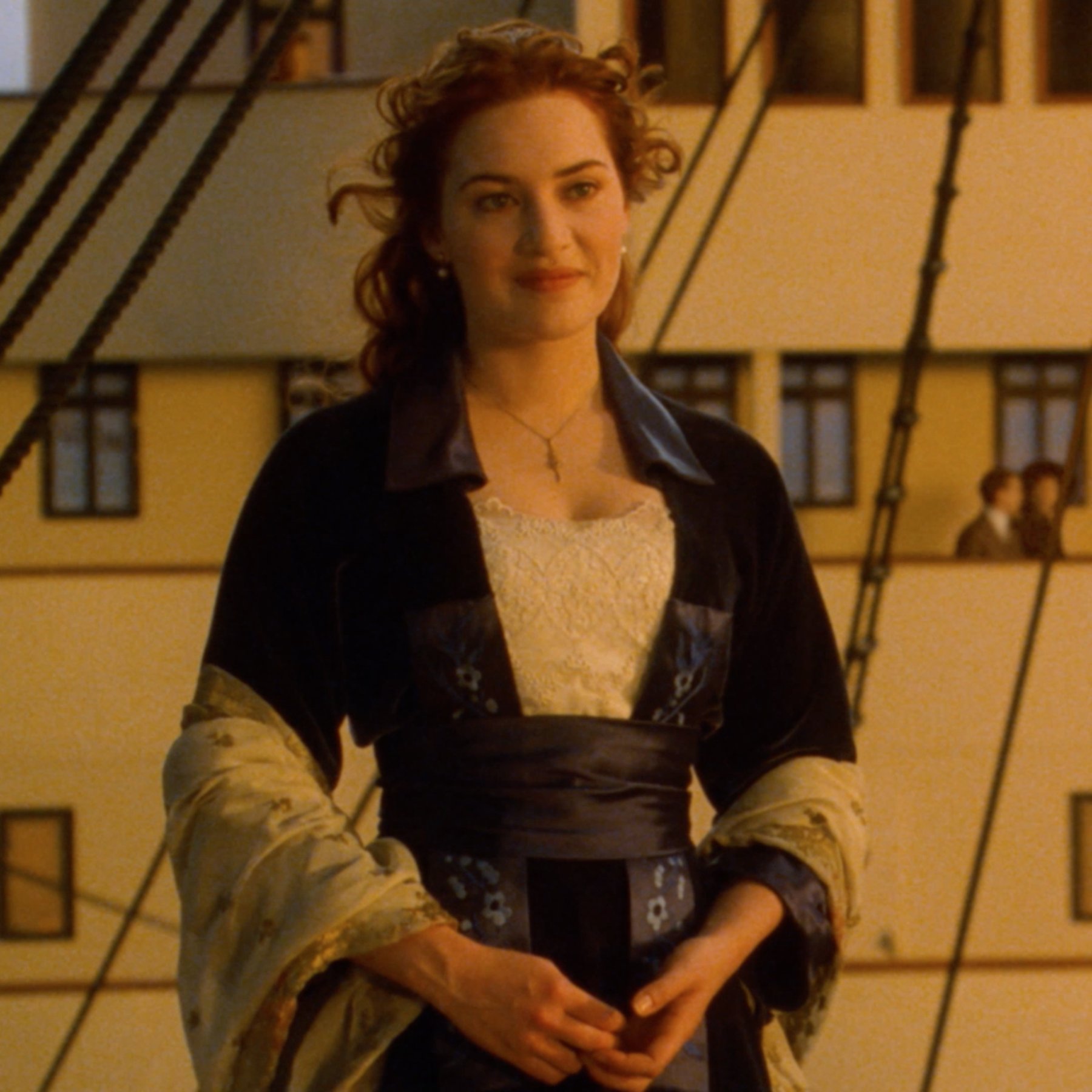
The True Stories That Inspired ‘Titanic’ Movie Characters
You probably already knew that Jack and Rose, the main characters in the 1997 movie Titanic, weren’t real. Like all films “based on a true story,” the movie added its own fictional elements to historical events. But during the film, Jack and Rose do run into several characters based on real people—some of whom have far more interesting stories than the film addresses.
The movie’s writer and director, James Cameron, “wanted to surround [the roles played by Leonardo DiCaprio and Kate Winslet], particularly in first class, with real passengers,” says Paul Burns, vice president and curator for the Titanic Museum Attractions in Missouri and Tennessee.
Don Lynch, the historian for the Titanic Historical Society who also served as the 1997 film’s historian, says Cameron picked out these people in advance when he wrote the script. On set, Lynch advised the actors about their historical characters’ accents, behaviors, and personalities
One of these real-life characters was Margaret Brown, who was played by Kathy Bates in the film. Brown became known as the “The Unsinkable Molly Brown” because of her role during and after the Titanic disaster in April 1912. Once the Carpathia rescued the Titanic survivors who’d escaped in the lifeboats, Brown coordinated with other first-class passengers to help the lower-class survivors. In one of her most memorable scenes in the movie, she tries, unsuccessfully, to persuade her under-filled lifeboat to row back and save more people. “There are true accounts saying that she did that,” notes Burns.
Yet even with her large, vibrant role, she still “didn’t get to be as dynamic as history plays her to be,” says Lynch.

After the shipwreck, Brown created and chaired a survivor’s committee, helped arrange burials for the bodies that rescue workers recovered, and presented an award to the captain of the Carpathia for saving them. “She was also vehemently upset that she was not able to testify at the Titanic hearings, at the inquest, because she was a woman,” he says. (These were hearings the U.S. and Britain held to investigate what had happened.)
Another prominent historical figure in the movie is Wallace Hartley, the violinist played by actor Jonathan Evans-Jones. Hartley is considered one of the heroes of the Titanic because, as the film shows, he kept his band playing as the ship sank to help people stay calm—most memorably with the song, “Nearer, My God, to Thee.”
“There was no effort to save themselves,” Lynch says of the band members, who all died that night. “They understood that the ship was sinking and that they were needed to keep people calm, and so they just kept playing.” We know one of the songs they played was “Nearer, My God, to Thee” because so “many people claimed to have heard it,” he says. (Hartley’s band likely played the British version of the song, while the movie features the American one.)
Captain Edward John Smith, too, went down with his ship both in the movie and in real life. But historian Tim Maltin, who has written books and worked on documentaries about the disaster, argues it didn’t happen the way it does in the movie.
According to some accounts, “Smith actually took a header dive off of the front of the wheelhouse into the sea and then swam around helping people get to lifeboats,” Maltin says. “He was actually offered a seat on a lifeboat but he refused to get on board because he was helping people out. He was completely heroic.”
The captain’s quick decision to seal the watertight doors, another real-life event portrayed in the movie, helped save lives, says Burns. Smith’s fast thinking “prevented the ship from sinking like it normally would,” he notes. If he hadn’t sealed the doors, the ship would’ve sunk towards the side where it hit the iceberg and then rolled over. It also would’ve gone down a lot quicker.
In addition to Brown, Hartley, and Captain Smith, the movie also features historical figures who, though they only appear briefly, had incredible stories in their own right. Remember that famous scene where Jack and Rose climb up to the stern of the ship as it sinks? The couple latches onto the railing as people fall to their deaths—while the man above them nervously takes a drink from his flask.
That man, Charles Joughin, was the real-life chief baker on the Titanic. He went into the water while holding onto the back rails of the ship just like he does with Jack and Rose in the movie (and before that, he’d snuck back to his room for a drink).
But unlike Jack, Joughin survived. He was one of the lucky few who was able to get out of the water and onto collapsible lifeboat B, which had fallen into the water without anyone in it. And Joughin isn’t even the only real person in the movie with a remarkable survival story.


